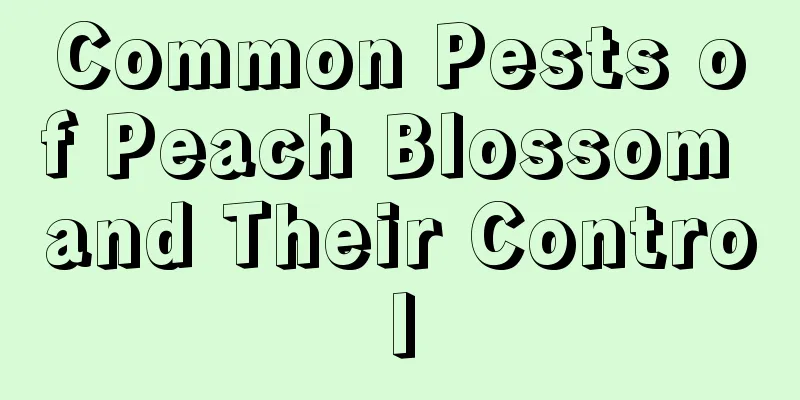Diseases and prevention methods of passion fruit

Passion fruit diseases: root rotsymptomAlso known as black stem disease, in the early stages of passion fruit infection, the leaves on the upper part of the plant will shrink and curl, and even the entire plant's leaves will dry up and fall off. In severe cases, the roots turn brown until the entire plant dies. Prevention and treatment methodsUse 1000 times diluted 40% sodium sulfamethoxam wettable powder to spray or water the diseased plants once every 3-5 days. Spraying 2-3 times will produce results. You can also spray with 800-1000 times diluted 70% thiophanate. Passion fruit diseases: AnthracnosesymptomAnthracnose mainly harms leaves and fruits. In the early stage of the disease, nearly circular to semicircular or irregular brown spots appear on the leaf edges or leaf tips. The spots gradually turn grayish white, with ring-like wrinkles on the edges, and the boundary between diseased and healthy leaves is obvious. In the later stage, small black spots of irregular shape or arranged in a ring-like pattern appear on the lesions. They are slightly larger and sparse on the front side of the leaves, and dense on the back side of the leaves. These are the conidia disks of the pathogen. The infected fruit develops purple-brown sunken spots. When the humidity is high, the diseased part will overflow with pink mucus, which is a mixture of pathogen conidia and colloid. Prevention and treatment methodsIn the early stage of the disease, spray 500-600 times diluted 25% myclobutanil emulsifiable concentrate or 400-600 times diluted 50% manganese zinc wettable powder. Use 2-3 times in a row, with an interval of 7-10 days. You can also use 500 times of 50% carbendazim or 400 times of 40% carbendazim suspension for prevention and control. Passion fruit diseases: mosaic diseasesymptomAfter being infected with mosaic disease, the young leaves of Echinacea will develop patterns of alternating dark green and light green, turning into mosaic leaves. When the disease occurs on mature plants, the new leaves appear yellow-green mosaic-like, the diseased leaves become smaller and slightly wrinkled, and in severe cases the leaves curl up, and the leaves at the bottom of the diseased plants gradually turn yellow and wither. Prevention and treatment methodsCultivate some virus-free seedlings, eliminate transmission agents in a timely manner, such as aphids, and remove diseased leaves and plants. At the early stage of the disease, spray 300 times diluted 5% fungicide wettable powder, or 500 times diluted 3% triazole riboside aqueous solution (Enobeta), and also add 25 to 30 grams of zinc sulfate, 20 grams of boron fertilizer, and 5 grams of natural brassinolide, and spray with aphidicide once every 5 to 7 days for 2 to 3 times. |
<<: Disease control of Alpinia serrulata
>>: How to treat Clivia yellow spot disease
Recommend
Can orchids be grown in universal nutrient soil?
Can universal nutrient soil be used to grow orchi...
What to do if the leaves of Epiphyllum turn yellow
1. Increase watering Reason: Epiphyllum is a flow...
What are the functions and effects of lilac and what are the taboos
1. The role and efficacy of lilac 1. Good for the...
Can Milan be propagated by cuttings in winter?
1. Winter planting is possible Milan can be propa...
How to water Clivia
1. Watering in all seasons 1. Spring: In spring, ...
How to prune ball pine
When to prune ball pine The pruning of ball pine ...
Water requirements of Chinese evergreen
1. Seasonal watering 1. Spring: Chinese evergreen...
What to do with green radish without heating in winter? How to survive the winter below 0 degrees
1. How to survive the winter without heating 1. B...
Can earthworm soil be used to grow succulents?
Can earthworm soil be used to grow succulents? Ea...
How to prune pine needles
When is the best time to prune pine needles? It i...
When to sow the six-fold profit
Sowing in August will bring six times the profit ...
Does the wolfberry tree prefer shade or sun?
Does the wolfberry tree prefer shade or sun? The ...
Kidney bean planting methods and precautions
Kidney beans, also known as green beans and spott...
How to water bougainvillea
Tips for watering bougainvillea During the growin...
Suitable places for growing kiwifruit
1. Suitable growing area The differentiation of A...









